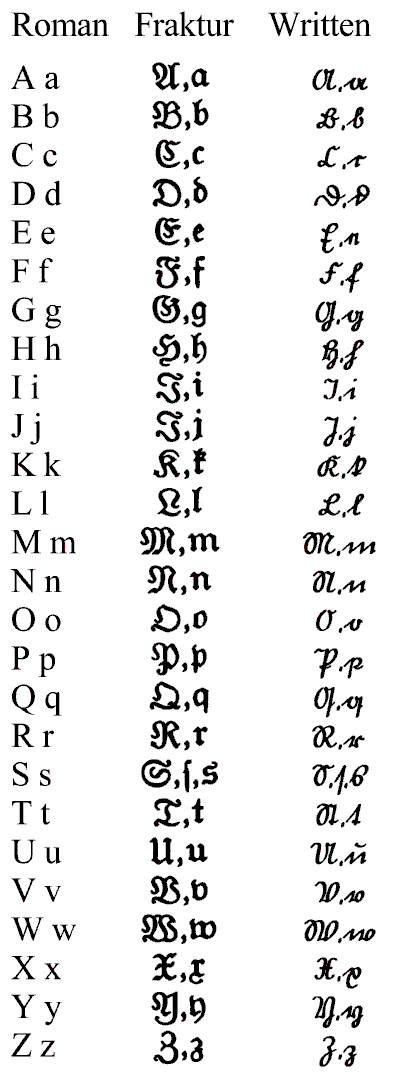Heidelberg Press and Germany's Printing Process
 Because I discussed typography a couple blogs ago, I have decided to delve into the printing processes in Germany. In 1439, Johannes Gutenberg first used movable print. Gutenberg was a German that facilitated the printing process, using dark oil-based inks. He is popularly known for his 42-line Gutenberg Bible. This famous German introduced movable type to all of Europe.
Because I discussed typography a couple blogs ago, I have decided to delve into the printing processes in Germany. In 1439, Johannes Gutenberg first used movable print. Gutenberg was a German that facilitated the printing process, using dark oil-based inks. He is popularly known for his 42-line Gutenberg Bible. This famous German introduced movable type to all of Europe.  |
| Heidelberg Press today |
The German Heidelberg Press has expanded and adapted with the times. Today, not only is it a leading company in earnings but also one in developing new technologies. It has developed a CO2 neutral machine that reduced the output of carbon dioxide. The company has championed a movement to greener technology (CO2 Neutral Machines.)
 |
Rudolf Koch had a private workshop in Germany and worked as a teacher and typographer after WWI. He designed the Wallau type in the 30s, which was his personal version of Rotunda. Koch had Eichenauer as a punch-cutter during this time as well. I included a small video on punch-cutting which shows how the metal is cut, etc.
In 1919, the Weimar Republic founded the Bauhaus which taught the craft of typography. A famous typographer Marcel Breuer was employed here. This organization tried to test the restrictions on color and form of the type, but failed later (1933) due to the impracticality of their works (Chappell 204-227.)
 During the war, several typographers, including some of Koch's co-workers, fled Germany due to rising fascism. When the Nazi's rose to power, they took over the presses and consolidated individual presses into one state-run industry. This was done to limit freedom of press, protecting the Nazi rule.
During the war, several typographers, including some of Koch's co-workers, fled Germany due to rising fascism. When the Nazi's rose to power, they took over the presses and consolidated individual presses into one state-run industry. This was done to limit freedom of press, protecting the Nazi rule.
Until Next Week!
Alexis S.
Chappell, Warren. A Short History of the Printed Word. New York: Knopf, 1970. Print.
"CO₂ Neutral Machines". Heidelberg Druckmaschinen AG, n.d. Web. 25 Feb. 2015.
"The Heidelberg." Corrdigital. N.p., 17 Mar. 2013. Web. 24 Feb. 2015.







